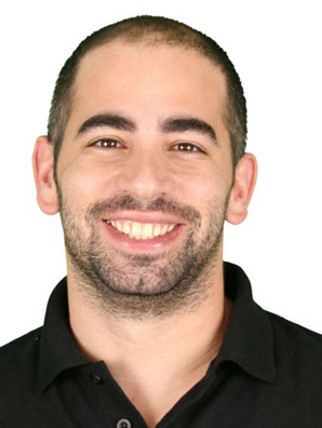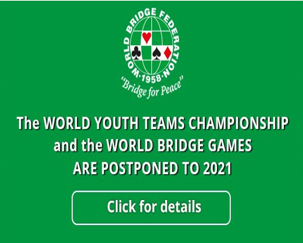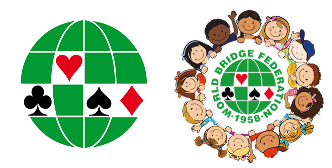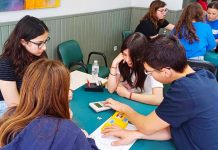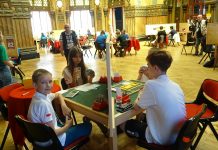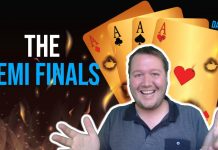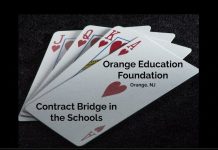Memory palaces work for some. If you are unfamiliar with the term, search Amazon for it. It works best for those with a vivid visual imagination. People have successfully used this technique to do things like remember the entire written works of Shakespeare, etc.
If you don’t want to go that route, Here are some tips that work for me.
Focus on what is most important to remember and do not try to remember too much. Gradually build your capacity to remember. Don’t try to remember every card played. Most of the spots played are irrelevant.
What 3 cards are high in each suit right now?
- if the Ace and King are played at trick one, in your mind you promote the QJT to high.
- If the T, J and king are played at trick one, the A,Q and 9 are high.
If you can only remember one thing about a suit, this is it.
How many trumps do the defenders hold?
The key to remembering whether trumps are out is counting trumps in the best way.
- How many trumps did they begin with?
- What is the most even distribution of that number between 2 hands?
- For example, if they hold 5 trumps, the most even distribution is 3–2.
- Have they used one to ruff?
- How many rounds did they follow to?
- For example, they started with 5 trumps. No one has ruffed.
- You play 2 rounds of trump and no one shows out.
- They both followed to two rounds. Trumps must have been were divided 3–2 originally
- Only one trump is outstanding
When you can always count Trumps correctly, begin to count all long suits.
Remembering Spot Cards
Whenever partner leads a spot card or signals with a spot card on your opening lead, ask yourself whether there are lower spots which are unseen. Do this before you attempt to assign meaning to the lead or signal.
For example, you lead a suit, dummy plays ace. Partner plays 3—that looks low. Now look for the 2 in your hand and dummy. Then interpret the signal. Perhaps the 2 is missing. In that case, the 3 might be partner making a tiny echo.
The act of looking for lower spots will reinforce the memory of the 3 being played.
Watch for Showouts
Make a mental note any time any player fails to follow to a suit. Stop at that time and recreate the original distribution of that suit around the table.
For example, you hold AKQ opposite 3 small. On the 3rd round, LHO discards something. What he discards is normally much less important than that he discarded. Count the suit around the table. You started with 6, they started with 7. LHO held 2, so RHO must have had 5.
Recreating the original distribution mentally will seal in the memory that the showout happened. When you no longer have trouble remembering showouts, add in the memory of the card discarded.
When ever a showout occurs, I take a mental picture of the trick in my mind. i take a moment to stare at all the cards. I often do not immediately process the meaning of the enemy’s discard (was it a count or an attitude signal to his partner?). When I want to know, I think back to my mental picture of the card played on the showout trick.
Don’t. (you generally do not need to memorize each card as it is played)
You generally start off knowing 26 cards and their positions – your own hand and the dummy. You know what sort of hand declarer should have, give or take. So you should have a fair idea of likely distributions, and locations of some of the key cards.
Discards will tell you not only that a person is out of a suit, but also what the exact distribution of that suit was in the first place.
After the first three tricks, you will likely know all but 5 or 6 key cards at the most. A “key card” is one which will be sure to beat your card in a suit :). It is a lot easier to be sure to remember who is short in which suit, and which remaining cards are not winners, than it is to “memorize” 52 cards. Really.
Don’t forget to follow us @
